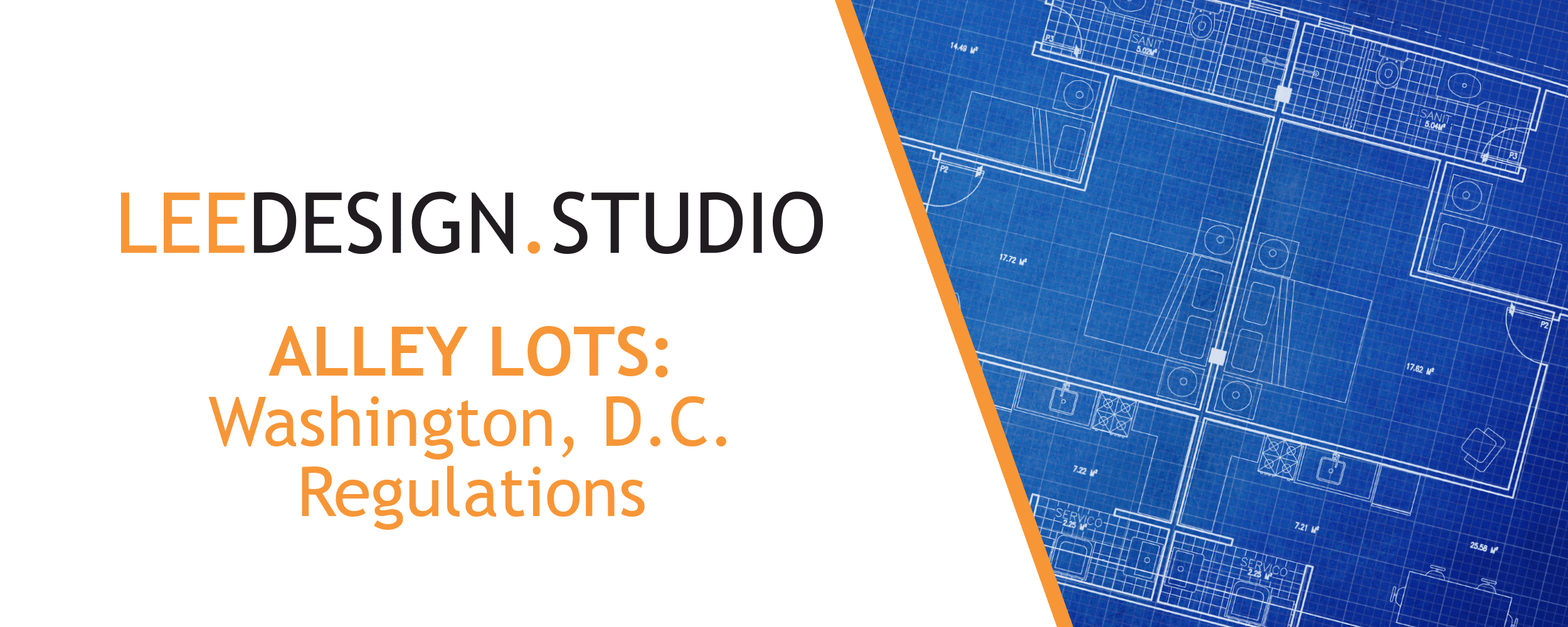Alley Lots: Washington, D.C. Regulations
Washington, D.C. is a vibrant city with a diverse range of neighborhoods, each with its own unique character and charm. One of the defining features of many of these neighborhoods is the presence of alley lots—small parcels of land that are often located behind homes and buildings.
In recent years, there has been a growing interest in alley lots among developers and homeowners across the country. However, navigating the regulations surrounding these lots in certain jurisdictions can be a complex process. If you are considering developing or purchasing one of these properties, we have outlined what you need to know about regulations surrounding alley lots specifically in Washington.
What are Alley Lots?
Alley lots are small parcels of land that are typically located behind homes or other buildings. They are often narrow, with dimensions that can range from 10 to 20 feet wide and 60 to 90 feet deep. In D.C., alley lots are typically owned by the city, and are sold or leased to developers or homeowners for the purpose of building new structures.
Why Develop an Alley Lot?
There are many reasons why someone might be interested in developing an alley lot. For developers, alley lots offer a unique opportunity to build in areas that might otherwise be too crowded or developed. For homeowners, alley lots can provide additional outdoor space, or the opportunity to build an accessory dwelling unit (ADU) for rental income or multigenerational living.
Regulations Surrounding Alley Lots
In Washington, D.C., alley lots are subject to a number of regulations that can impact the development process. Some of the key regulations to be aware of include:
Zoning Regulations: Alley lots are subject to the same zoning regulations as other properties in the city. This means that developers and homeowners must ensure that any new structures they build comply with the city’s zoning codes, including setback requirements, height restrictions (20’ limiting ceiling height), and other design guidelines.
Building Codes: Like other buildings in the city, structures built on alley lots must meet the city’s building codes and standards. This includes requirements for electrical, plumbing, and HVAC systems, as well as fire and life safety regulations.
Environmental Regulations: Developers and homeowners must also be aware of any environmental regulations that may apply to their alley lot. For example, they may need to obtain permits for stormwater management or erosion control, or take steps to mitigate any potential impacts on local wildlife or habitats.
Historic Preservation Regulations: If the alley lot is located in a historic district or has historic significance, it may be subject to additional regulations related to preservation and design.
Purchasing an Alley Lot
If you’re interested in purchasing an alley lot in the city, there are a few things to keep in mind. First, it’s important to do your research and make sure that you understand all of the regulations that apply to the property. This may involve working with a real estate agent or attorney who is familiar with alley lot regulations specific to Washington, D.C.
Additionally, you should be prepared for a potentially lengthy and complex development process. Because of the unique nature of alley lots, there may be additional hurdles to overcome in terms of design, permitting and construction.
Conclusion
Alley lots can be a unique and appealing option for developers and homeowners. However, navigating the regulations surrounding these properties can be a complex process. By understanding the regulations and requirements involved, and working with experienced professionals, you can successfully develop or purchase an alley lot that meets your needs and complies with all relevant regulations.


